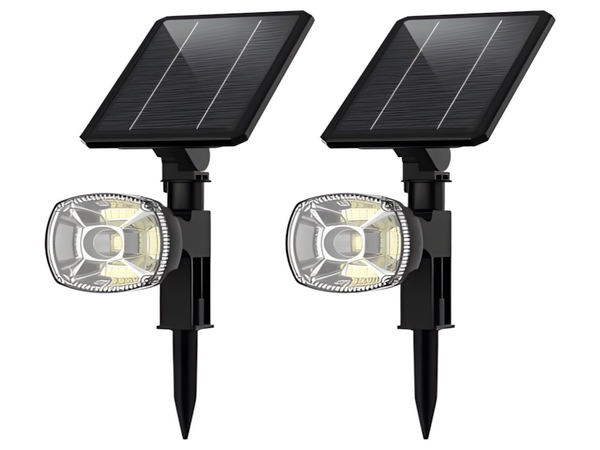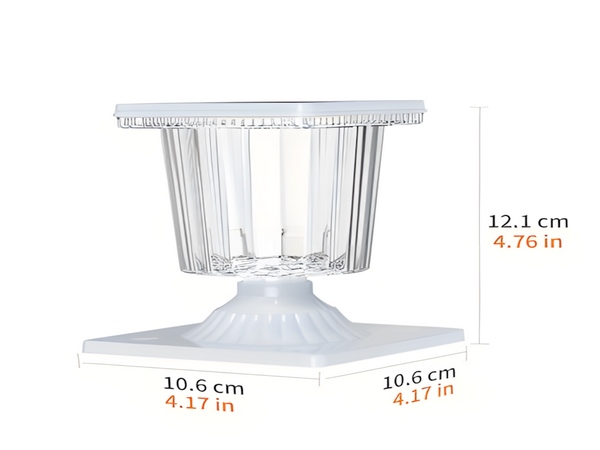
Design flaws and inadequate cleaning are human factors that affect the efficiency of photovoltaic power plants. If not operated properly and maintained in a timely manner, even the best equipment will fail to achieve high efficiency.

One serious loss in electricity generation caused by design flaws is improper spacing design. Currently, most photovoltaic power plants use vertical arrangements, and even slight shading at the lower edge can lead to a decline in the overall output power of the string. Statistics show that in some photovoltaic power plants with small front-back spacing, the electricity loss due to shading can reach as high as 3%. Additionally, mountain power plants not only need to consider front-back shading but also the shading caused by elevation differences in the east-west direction. In power plants with steep slopes and small east-west spacing, this reduction can reach up to 2%.
Aside from spacing, I often observe that there are tall buildings within the photovoltaic power plant area that cause shading to the surrounding photovoltaic arrays.
Inadequate cleaning is another issue. In the northwest region, a dust storm can lead to a direct reduction in electricity generation of more than 5%. In the east, during severe smog, photovoltaic power plants often produce almost no output. The greater the irradiance and the stronger the sunlight’s penetrability, the lesser the loss caused by dust.

In addition to dust, if snow is not cleared in a timely manner, it can also cause significant loss in electricity generation.
Besides the above reasons, the rapid degradation of photovoltaic modules is also an important reason for the electricity generation falling short of expectations.
Photovoltaic power systems—high quality products, excellent services, and professional guidance give you peace of mind in your purchase and usage.



